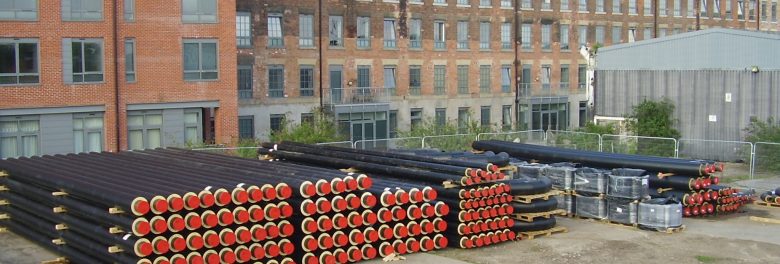
Buildings connecting to existing heat networks can now choose how they are assessed in Part L 2021. The approved software change means that decarbonised networks are now assessed fairly. Developers may therefore wish to ask their energy consultants if this impacts their schemes and if there are any planning implications.
Under the previous method, buildings connecting to existing networks were assessed against a notional building which aligned with the specific network performance. This had an unintended consequence of reducing the CO₂ and Primary Energy improvement of existing networks which had already put in the hard work to decarbonise.
Buildings connecting to existing networks where carbon-intensive plant remains the dominate heat source will still benefit from using the previous method for compliance, as an assessment against the normal notional building will be much tougher.
Buildings connecting to existing networks where low carbon plant is soon to be added are permitted to reflect the full benefit of this addition in an approach known as ‘sleeving’, so long as the plant is installed by the end of 2027. In this situation the use of the normal notional building would be better.
These scenarios reflect the wider importance of ensuring the role of the notional building is carefully considered in Part L 2021 assessments. To add to the Part L complexity, energy strategies subject to the latest GLA energy guidance should also display ‘Be Lean’ CO₂ reductions with the contribution from PV panels effectively removed from the notional building. Not doing so will result in an unnecessarily challenging energy efficiency specification being required to demonstrate the 10% reduction required.
Posted on August 1st, 2023
Author: Jonathan Thomas-Peck
Related services: Energy Statements, Heat Network Performance Evaluation,